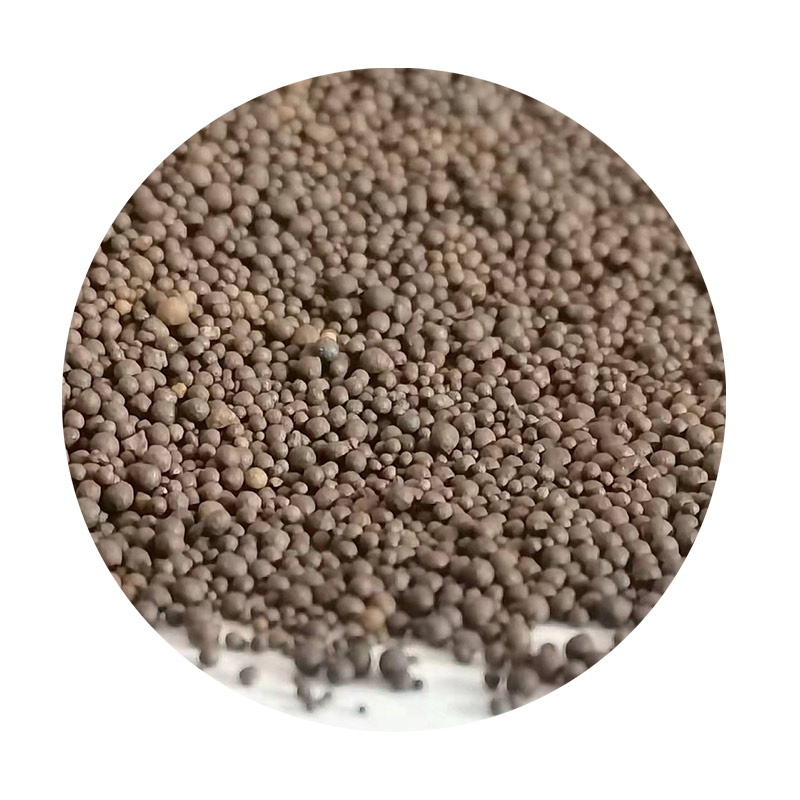

Beyond the physical sanding process, understanding the curing time of your resin before beginning is essential. Sanding too soon might result in gummy surfaces, which can lead to uneven finishes and more damage. Giving the resin adequate time to fully cure ensures that the sanding process works effectively, leading to a clearer, more professional-looking final piece. Finishing plays a significant role in sanding casting resin. After reaching the desired level of smoothness, polishing compounds can be used to give the resin a glass-like finish, enhancing clarity and depth. Some opt to add a final layer of resin to lock in the shine, though this might require another round of light sanding to remove any new imperfections. Expertise in sanding casting resin is not developed overnight. It requires practice, patience, and an understanding of both the material and the tools. Online communities, tutorial videos, and workshops are invaluable resources for mastering complex techniques and staying updated with innovations in the field. By developing a thorough understanding of the materials and honing your technique, you can transform basic resin casts into stunning artwork, showcasing both craftsmanship and creativity. Trustworthiness in sanding comes from the community and industry professionals who share insights and innovations. When seeking advice, prioritize sources with proven track records and those who offer transparency in their methods. Always cross-reference tips with multiple experts and grow your expertise through practice and ongoing education. Post time:Փտր . 18, 2025 06:39
Next:sanded resin
